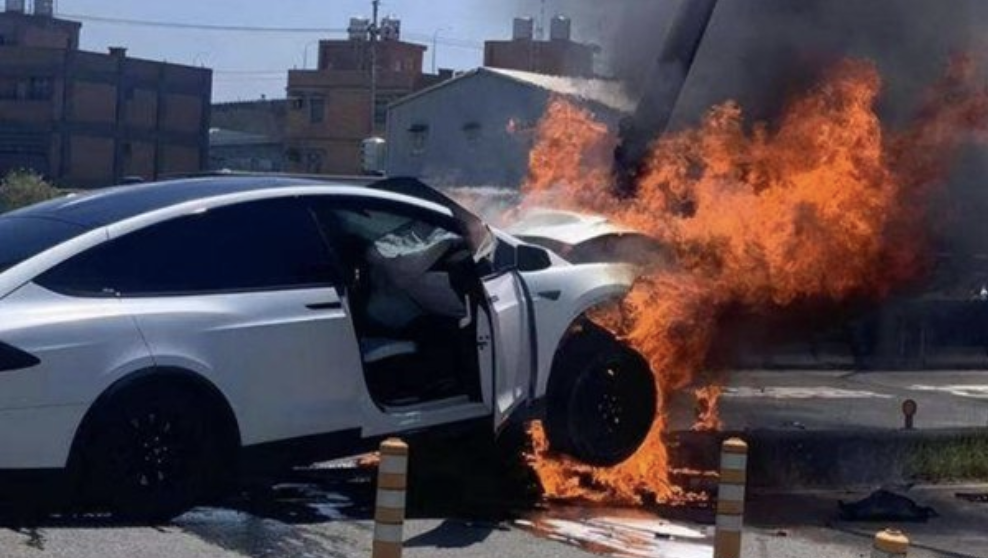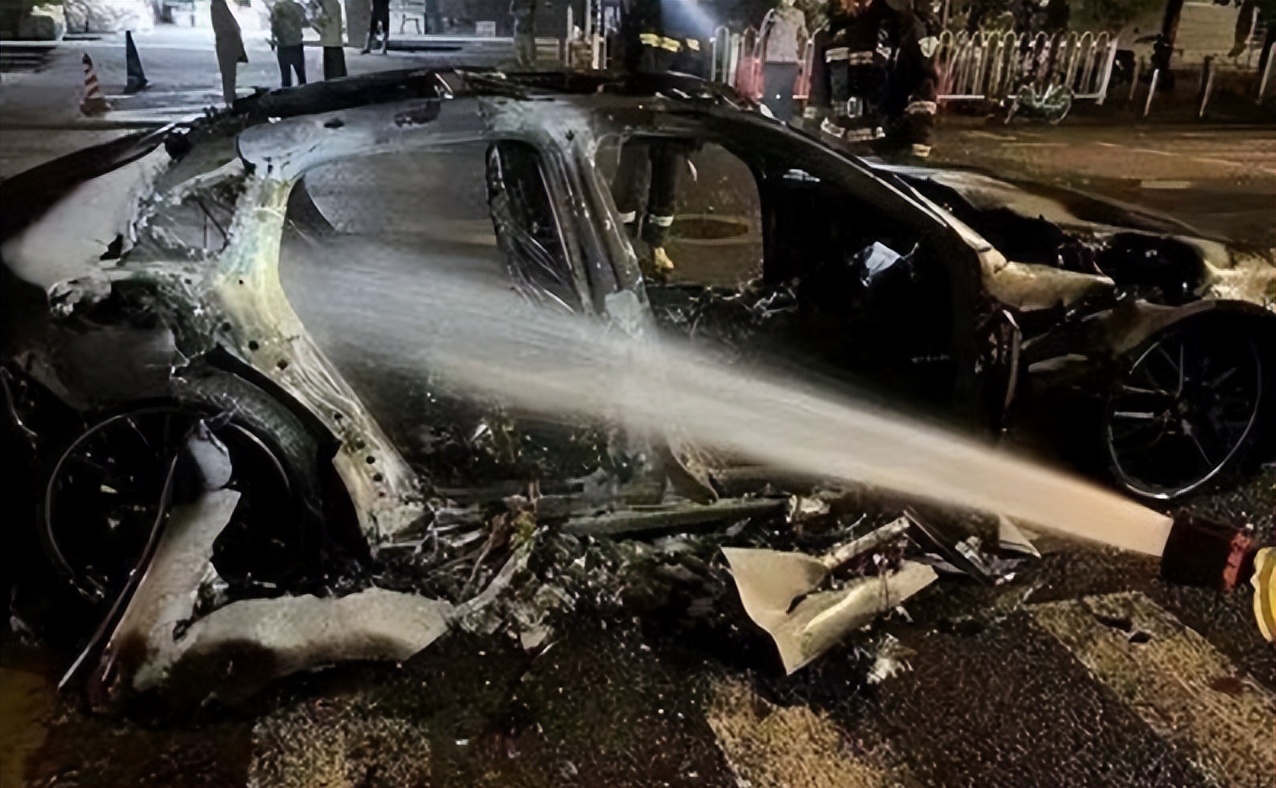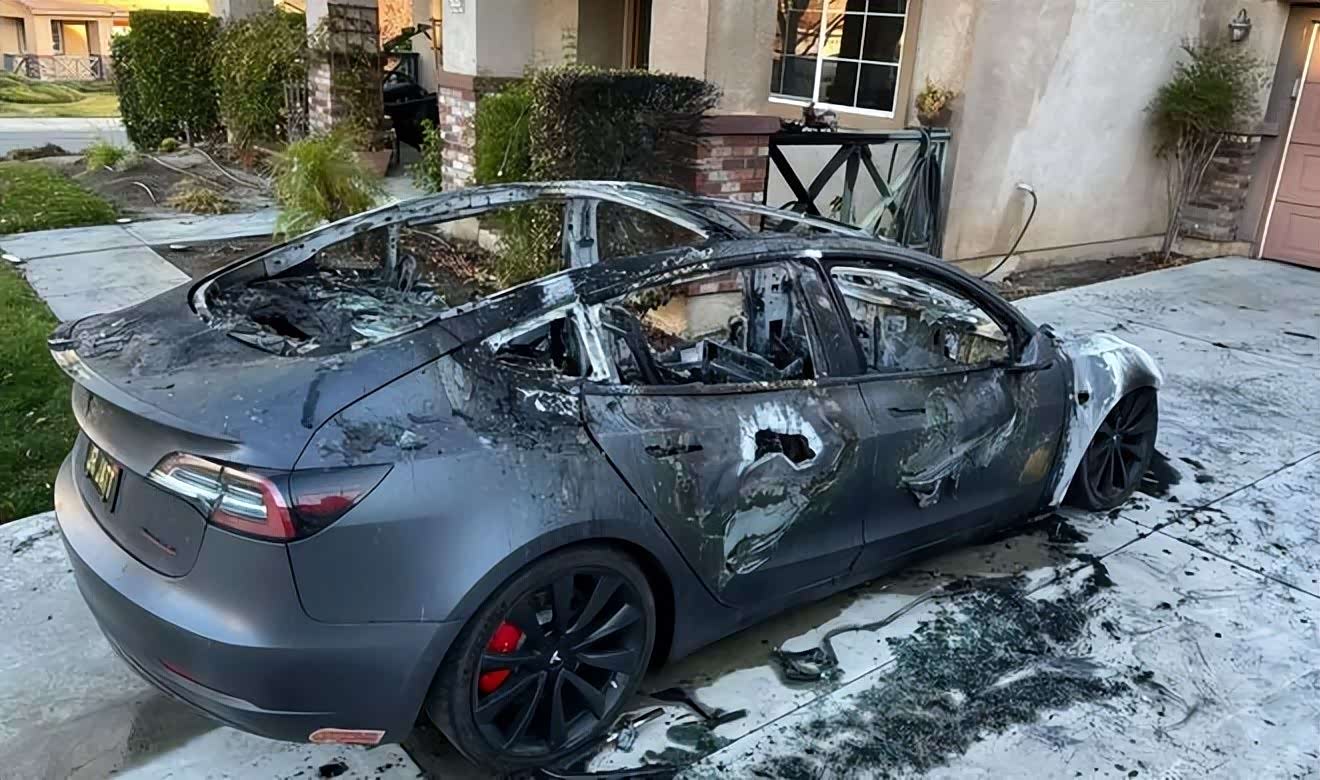
The Incident: Lena’s Late-Night Fire Scare in Munich
Lena, a graphic designer in Munich, woke up to her smoke alarm blaring at 2 a.m. in early 2025. Rushing to her garage, she found her two-year-old electric sedan engulfed in flames—firefighters later traced the cause to a battery short circuit while charging. By the time the fire was out, the car was a total loss, and the heat had damaged her garage door, costing an estimated eight thousand euros to repair. She assumed her manufacturer’s warranty would cover the car, but the fine print told a different story: the warranty excluded “unverified charging-related fires,” and her home insurance labeled the EV damage a “specialized vehicle risk” not covered under standard plans. Stuck with a twenty-two thousand euro bill for a new car and repairs, Lena felt blindsided. “I bought an EV for sustainability, not to face a financial disaster,” she said. That’s when her mechanic suggested EV Fire Insurance—a policy she’d never heard of, but now wishes she’d gotten sooner.

What EV Fire Insurance Covers in 2025
For drivers like Lena, 2025’s EV Fire Insurance policies fill critical gaps left by warranties and home insurance. Unlike generic coverage, these specialized plans focus on the unique risks of EV batteries, including:
Vehicle replacement or repair: If an EV catches fire due to battery defects, charging malfunctions, or even extreme temperatures (a growing issue in 2025’s heatwaves), insurers cover the cost of fixing or replacing the car. Lena’s hypothetical policy, for example, would have reimbursed the full twenty-two thousand euros for her totaled sedan.
Third-party damage: Fires that spread to garages, neighboring properties, or other vehicles are covered too. If Lena’s fire had damaged a neighbor’s fence, her policy would have paid the one thousand five hundred euro repair cost.
Temporary transportation: Most 2025 policies include coverage for rental cars (up to three hundred euros per week in Europe, four hundred dollars in the U.S.) while the EV is repaired or replaced—something Lena’s home insurance refused to provide.
In the U.S., similar scenarios play out: a Texas driver whose EV caught fire during a heatwave in 2025 used their policy to cover a nineteen thousand dollar replacement and a five hundred dollar hotel stay (after smoke made their home uninhabitable temporarily).
2025 Trend: Why Demand for EV Fire Insurance Is Spiking
2025 has seen EV fire insurance grow from a niche product to a must-have, driven by two key trends. First, EV adoption has hit record highs—40% of new car sales in Europe and 30% in the U.S. are electric—so more drivers face battery fire risks. A 2025 study by the European Automobile Association found that 58% of EV owners worry about battery fires more than range anxiety.
Second, manufacturers’ warranties are falling short. Many only cover fire damage for 3–5 years or 100,000 kilometers, leaving older EVs unprotected. Insurers have responded with flexible options: Allianz in Europe offers “EV Fire Shield” with pay-as-you-go pricing, while State Farm in the U.S. adds fire coverage to existing auto policies for an extra one hundred and twenty dollars per year. “Drivers want certainty,” says a State Farm spokesperson. “This insurance turns ‘what if’ into ‘we’re covered.’”

Beyond Costs: The Peace of Mind Factor
For Lena, who eventually bought EV Fire Insurance for her new EV, the policy isn’t just about money—it’s about confidence. “I no longer check my garage every night before bed,” she laughs. In 2025, as EVs become more common, this insurance isn’t a luxury; it’s a safety net. Whether you’re charging in Munich’s winters or driving through Arizona’s summers, it ensures that choosing sustainability doesn’t mean choosing financial risk.



